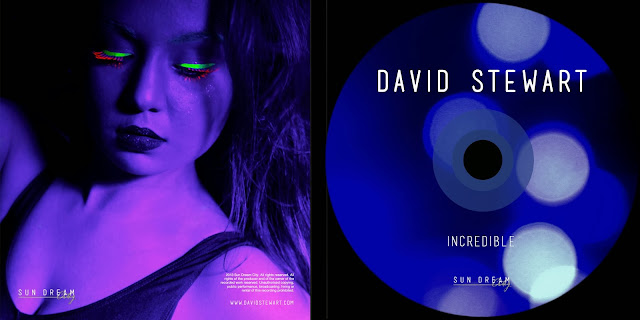How did you use new media technologies in the construction & research, planning and evaluation stages?
The construction, research, planning and evaluation of these media products involved using various new media technologies. The beginning of the project involved using YouTube to investigate existing music videos in a genre that interested me. This platform gave me access to thousands of current music videos that I could use as inspiration for my own production and that I could analyse in order to find codes and conventions that I could decide to follow or challenge. During this research section I also used various social media sites such as Facebook and Twitter to investigate my target audience and how similar (but more well established) artists to David Stewart such as Drake and The Weeknd accessed their audience. I also used Facebook as a way of contacting the artist and gaining permission to use their track for my music video.
The production of my music video involved using hardware such a DSLR camera that could produce HD 1080p footage. This made filming easier and ensured that I would produce a finished product that was to the highest standard possible for an amateur video. Post production involved editing using Final Cut Pro. This software enabled me to cut clips together, adjust speed/direction, add smooth transitions and use various effects such a overlays, masks and colour correction. These features were essential to the creation and success of the finished product. Whilst using this software I also downloaded a plug-in that allowed me to reduce noise from the original footage in order to lessen some of the grain resulted by filming in such low light conditions. Production of the ancillary texts used mainly Photoshop, which meant I could edit images, add text and objects, adjust colours and make interesting layouts. It was
In order to exhibit and promote my finished music video I used various social media websites. I first uploaded my music video onto YouTube, because as my target audience research results showed, this is commonly used for discovering new music and has also become an expected platform for presenting music videos. I followed this by sharing the video on Facebook and Twitter, two main social media sites which seem vital in the success of new musical release as they have great advertising capabilities and suit the target audience of David Stewart.
The actual presentation of this whole project as media coursework involved using various media technologies as well. Blogger is the platform I have used to show my research, planning, construction, production, post production and finished products. This has been helpful in keeping my work tidy and organised, whilst being able to order things correctly and go back and edit sections when needed. I have also used SlideShare to help put PowerPoint presentations on my blog used for the research section and YouTube to embed videos on my blog used during the research and evaluation stages.
The construction, research, planning and evaluation of these media products involved using various new media technologies. The beginning of the project involved using YouTube to investigate existing music videos in a genre that interested me. This platform gave me access to thousands of current music videos that I could use as inspiration for my own production and that I could analyse in order to find codes and conventions that I could decide to follow or challenge. During this research section I also used various social media sites such as Facebook and Twitter to investigate my target audience and how similar (but more well established) artists to David Stewart such as Drake and The Weeknd accessed their audience. I also used Facebook as a way of contacting the artist and gaining permission to use their track for my music video.
The production of my music video involved using hardware such a DSLR camera that could produce HD 1080p footage. This made filming easier and ensured that I would produce a finished product that was to the highest standard possible for an amateur video. Post production involved editing using Final Cut Pro. This software enabled me to cut clips together, adjust speed/direction, add smooth transitions and use various effects such a overlays, masks and colour correction. These features were essential to the creation and success of the finished product. Whilst using this software I also downloaded a plug-in that allowed me to reduce noise from the original footage in order to lessen some of the grain resulted by filming in such low light conditions. Production of the ancillary texts used mainly Photoshop, which meant I could edit images, add text and objects, adjust colours and make interesting layouts. It was
In order to exhibit and promote my finished music video I used various social media websites. I first uploaded my music video onto YouTube, because as my target audience research results showed, this is commonly used for discovering new music and has also become an expected platform for presenting music videos. I followed this by sharing the video on Facebook and Twitter, two main social media sites which seem vital in the success of new musical release as they have great advertising capabilities and suit the target audience of David Stewart.
The actual presentation of this whole project as media coursework involved using various media technologies as well. Blogger is the platform I have used to show my research, planning, construction, production, post production and finished products. This has been helpful in keeping my work tidy and organised, whilst being able to order things correctly and go back and edit sections when needed. I have also used SlideShare to help put PowerPoint presentations on my blog used for the research section and YouTube to embed videos on my blog used during the research and evaluation stages.


.png)





